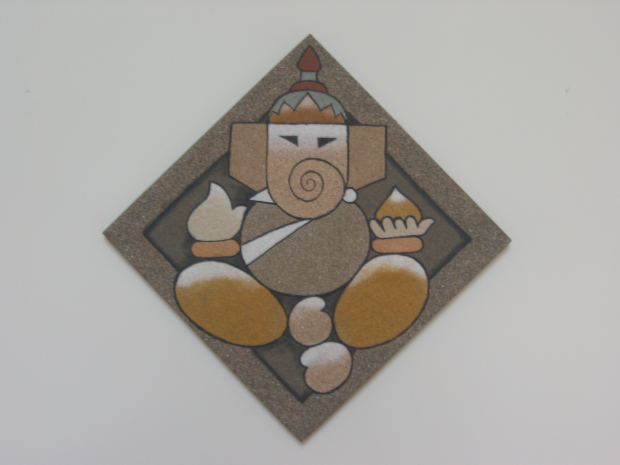
English Article – Tale of Tales
Photo credit: RobbinsSky from morguefile.com
It is common knowledge that epic tales like Ramayana and Mahabharata have been passed on to subsequent generations in India for centuries altogether. For my generation and the later ones it has been more of a visual process and hence a less imaginative one with the advent of firstly the television and later on the mushrooming of cable channels. But if one thinks of the era before that,the only sources and media of propagation had been,the fervent perusal of the scripts by the elderly and the “Pundits” and the animated story telling sessions to an audience which included people of all ages.
Children getting their daily dose of bed time stories from their parents or grand parents or leisurely evening gatherings of people after a day’s work where these discussions have provided a way of intellectual dissemination of ideas. The fact that the generation who had never seen a television set or even a radio,are remarkably more vivid and lucid in their narration of the stories is a matter to be mulled over separately.
So how is it that amidst all the zillion changes and transformations,that our society has gone through in all these decades, these mythological stories and legacies still, not only survive well but rather find resonance and relevance in people’s lives. Were the sages of yore so prophetic as to create a masterly piece of literature which has been as ageless as they have been relevant to the society ? Is it that the stories are so emotionally fascinating that they will never truly go out of fashion, purely for the quality of the fiction? Is it just that every generation has been taught from a very young age that these stories, as pertaining to the lives of Gods who roamed this Earth as living beings,are just as venerable and it would be nothing short of blasphemy if one abhors them entirely?
Hinduism, being a religion of so many Gods and Goddesses, definitely provides the luxury of black and white characters. Gods have been depicted in human, super human, animal, plant, energy and every imaginable form. Apart from teaching people about the strength, weakness and importance of each of these forms it has, to a large extent simplified the tales for easy assimilation of people of every social, financial, professional strata and all ages. If one wants to have a character who can not only leap far but also have the strength to defeat a human being in hand to hand combat, it can never be a bird, it has to be an ape. Just, a case in point.
If put under objective analysis, the epics will be found to essentially depict life stories of their characters. Their achievements, their struggles, their mistakes and their overall travails spin captivating tales of human emotions. Yet they never depart from the central premise of good and bad, true and false,virtue and vice, abdication and temptation, sagacity and ignorance, dignity and obscenity, valor and cowardice, abhorrence and greed, God and Devil.
When in human form even the Gods have committed several glaring errors,which although have been tried to justified,still are not the most dignified acts.For example the killing of Bali by Sri Ram in a manner not befitting a man of his stature or the numerous acts of shrewd diplomacy executed by Lord Krishna which distinctly enabled the Pandavas in gaining an unquestionable upper hand in the battle of Kurukshetra.
Similarly the villains of the pieces have also been depicted as being masters of many desirable virtues. Ravana,although being over ambitious was also among the very few to have amassed a wealth of knowledge so vast, that it made him a master of many subjects. Duryodhana, although moist clay in the hands of his scheming Uncle was also the most affectionate of brothers to his siblings and was the first to shower just accolades on the brave Karna, who hitherto had not received even an iota of respect from anybody else.
Therein lies the genius of these epics and therein lies the intrinsic cause of the lingering charm of mythology. They have been written and conceptualized in a manner which appeal to the raw and pure human emotions. Human emotions is a concept, that no amount of modernization or worldly transformation can ever so much as begin to alter. They have remained the same for centuries and will continue to do so till the end of time. Good and bad, conscience and corruption remain embedded in each and every human being that has been raised on this planet, irrespective of what he does or where his origins are. Each day from the moment one wakes up till the moment one retires this constant pulling of the individual between both his alter egos continues every moment . Each day every one of us goes through our own version the “Mahabharata”.
###
